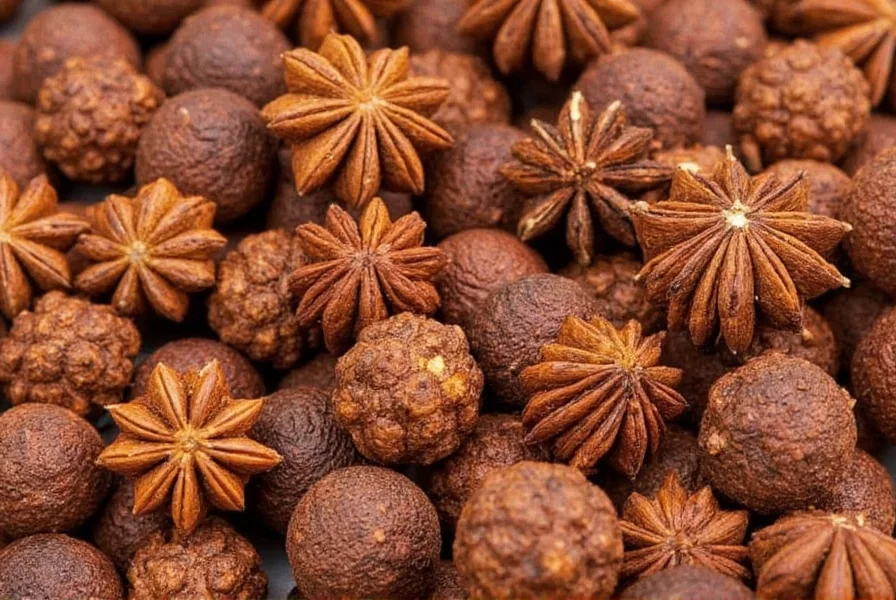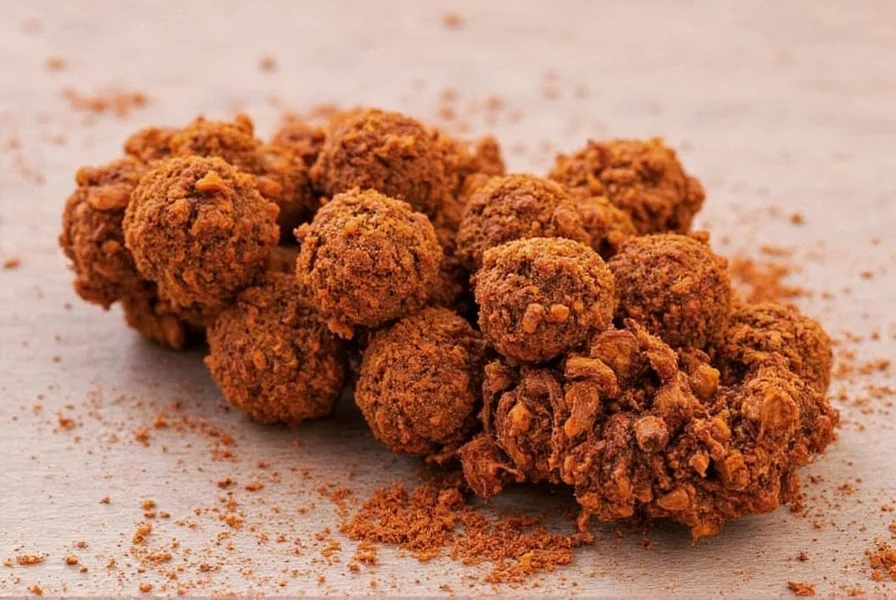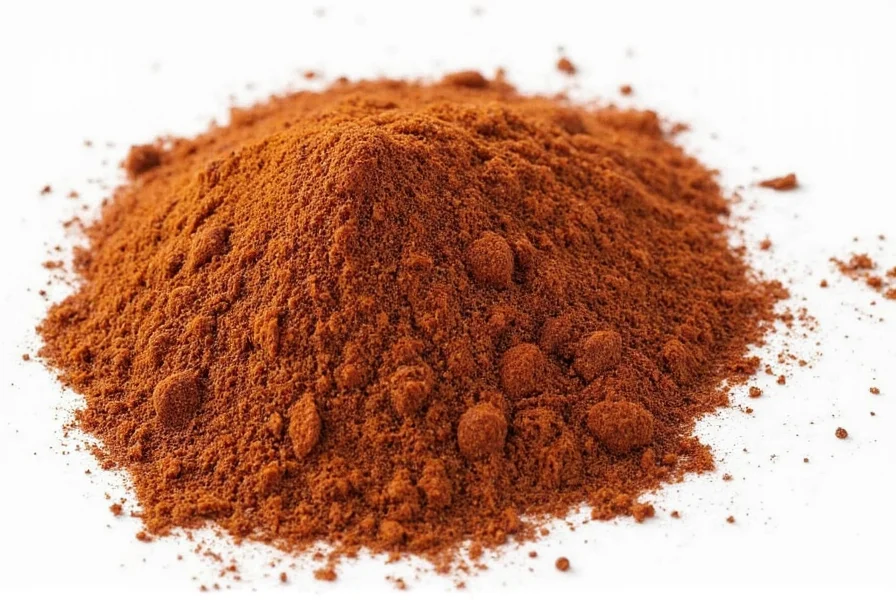Allspice often confuses home cooks who assume it's a spice mixture. In reality, this remarkable single-ingredient spice delivers complex flavor profiles that elevate everything from Caribbean stews to holiday baking. Understanding how to properly use allspice transforms ordinary recipes into extraordinary culinary experiences.
What Exactly Is Allspice?
Native to the Caribbean and Central America, allspice (Pimenta dioica) produces small berries that, when dried, resemble peppercorns. The name comes from its flavor profile that echoes a blend of cinnamon, nutmeg, and cloves—though it contains none of these. Whole allspice berries maintain their potency for up to two years when stored properly, while ground allspice loses flavor within six months.

Global Allspice Applications
Allspice features prominently in diverse culinary traditions. In Jamaica, it's essential for authentic jerk seasoning and pickles. Middle Eastern cuisine uses it in baharat spice blends and meat rubs. European bakers incorporate it into gingerbread and fruitcakes. Understanding these cultural contexts helps you use allspice authentically in your cooking.
Essential Allspice Recipes
These foundational recipes showcase allspice's versatility across meal types. The table below highlights key applications:
| Recipe Type | Key Allspice Application | Measurement | Pro Tip |
|---|---|---|---|
| Jamaican Jerk Chicken | Marinade base | 2 tsp ground | Toast whole berries before grinding for deeper flavor |
| Spiced Beef Stew | Braising liquid | 1 whole berry per serving | Add early in cooking; remove before serving |
| Pumpkin Spice Bread | Dry ingredients | 1 tsp ground | Combine with cinnamon for balanced sweetness |
Authentic Jamaican Allspice Recipes: Jerk Chicken Master Recipe
This traditional preparation showcases allspice at its finest. Authentic jerk seasoning relies on freshly ground whole allspice berries for optimal flavor.
Ingredients:
- 3 tbsp freshly ground whole allspice berries
- 2 tbsp brown sugar
- 1 tbsp thyme leaves
- 6 scallions, chopped
- 4 garlic cloves, minced
- 1 Scotch bonnet pepper, seeded
- 2 tbsp soy sauce
- 2 tbsp lime juice
- 1 tbsp ginger, grated
- 1 tsp cinnamon
- Chicken pieces (thighs or drumsticks)
Instructions:
1. Toast whole allspice berries in dry skillet over medium heat for 2 minutes until fragrant
2. Grind toasted berries to fine powder using spice grinder
3. Combine all ingredients in food processor to form paste
4. Score chicken deeply and rub mixture into cuts
5. Marinate minimum 4 hours (overnight preferred)
6. Grill over indirect heat at 325°F until internal temperature reaches 165°F

Professional Allspice Usage Techniques
Master these techniques to maximize allspice's potential in your cooking. For best allspice recipes for meat applications, always toast whole berries before grinding—they release essential oils that create deeper, more complex flavors. When working with ground allspice, add it during the cooking process rather than at the end to allow flavors to meld properly.
Understanding allspice measurement conversion proves crucial. One whole berry equals approximately 1/8 teaspoon ground allspice. For baking applications requiring allspice substitute for baking, combine equal parts cinnamon, nutmeg, and cloves—but recognize this won't replicate authentic allspice flavor.
Proper storage maintains quality. Keep whole allspice berries in an airtight container away from light and heat. Ground allspice loses potency quickly, so purchase small quantities and replace every six months for authentic Jamaican allspice recipes that deliver genuine flavor.
Substitution Guidance
When you need allspice substitute for baking or cooking, combine ½ teaspoon cinnamon, ¼ teaspoon nutmeg, and ¼ teaspoon cloves for every teaspoon of allspice required. This approximation works in sweet applications but falls short for authentic Caribbean dishes where allspice's unique profile proves essential.
For allspice in Middle Eastern cooking, consider adding a pinch of cardamom to the substitution blend to better approximate baharat spice mixtures. Remember that no substitution perfectly replicates true allspice, making it worth keeping in your pantry for those special recipes.
Frequently Asked Questions
Is allspice really a blend of spices?
No, allspice is a single spice made from dried berries of the Pimenta dioica plant. Its name comes from its flavor profile that resembles a blend of cinnamon, nutmeg, and cloves, but it contains none of these spices.
What's the difference between whole and ground allspice?
Whole allspice berries maintain their flavor for up to two years when stored properly, while ground allspice loses potency within six months. For best results in authentic Jamaican allspice recipes, toast whole berries and grind them fresh just before use.
Can I substitute allspice in recipes?
Yes, but with limitations. For baking, combine equal parts cinnamon, nutmeg, and cloves. For savory dishes, add a pinch of cardamom to the blend. However, no substitution perfectly replicates allspice's unique flavor, especially in traditional Caribbean recipes where it's essential.
How much allspice should I use in recipes?
Start with ¼ to ½ teaspoon ground allspice per serving. One whole berry equals approximately 1/8 teaspoon ground. Remember that allspice intensifies during cooking, so add gradually and taste as you go, especially when trying new allspice recipes for meat dishes.











 浙公网安备
33010002000092号
浙公网安备
33010002000092号 浙B2-20120091-4
浙B2-20120091-4